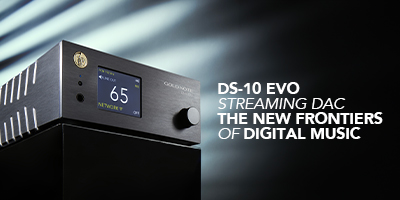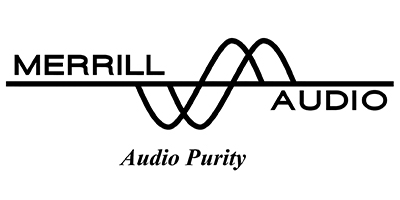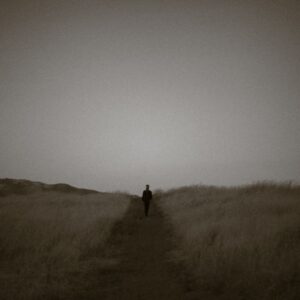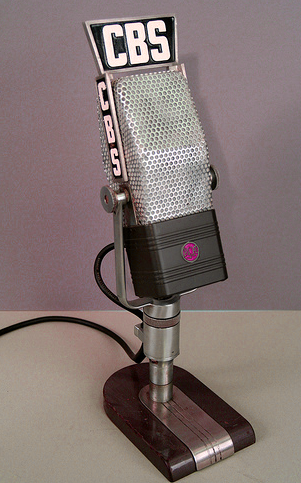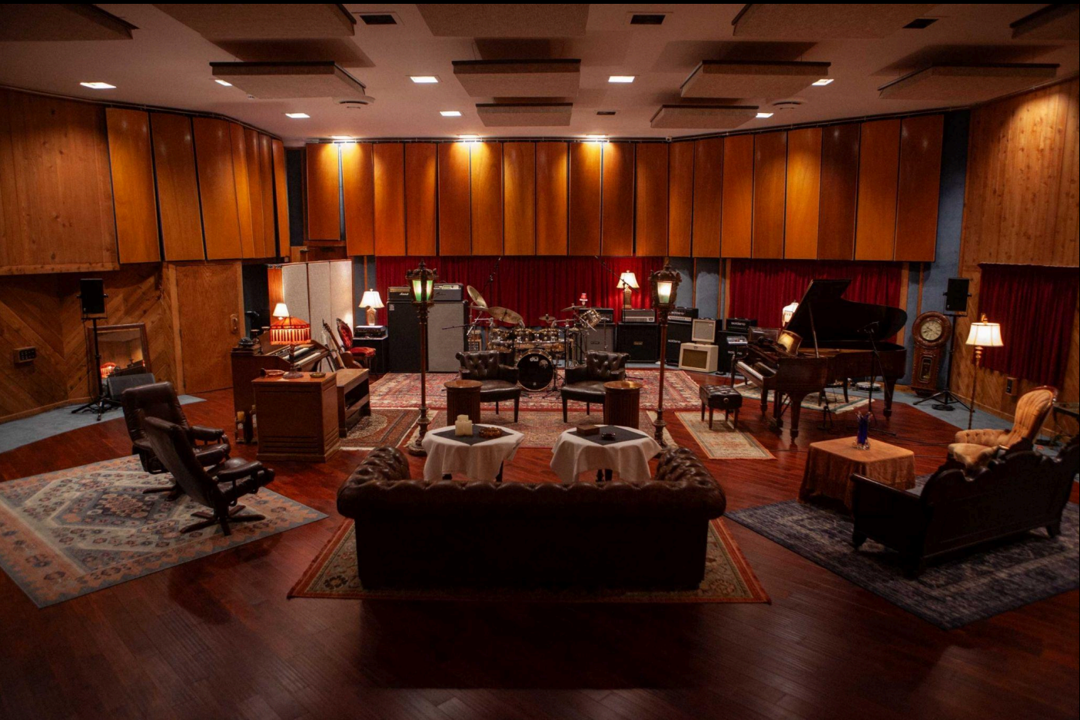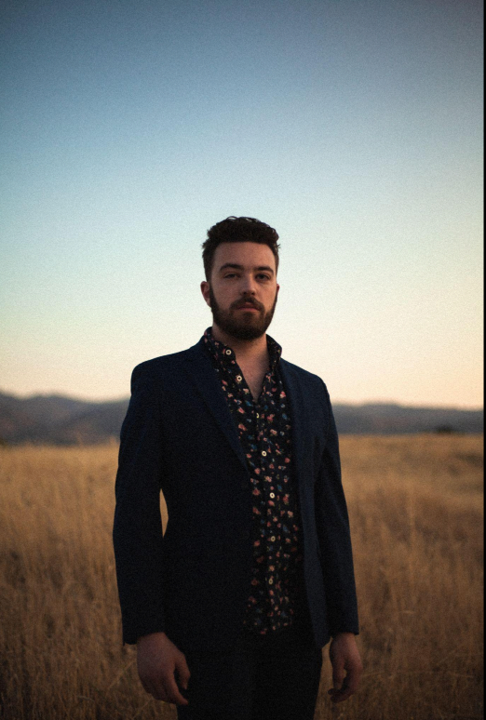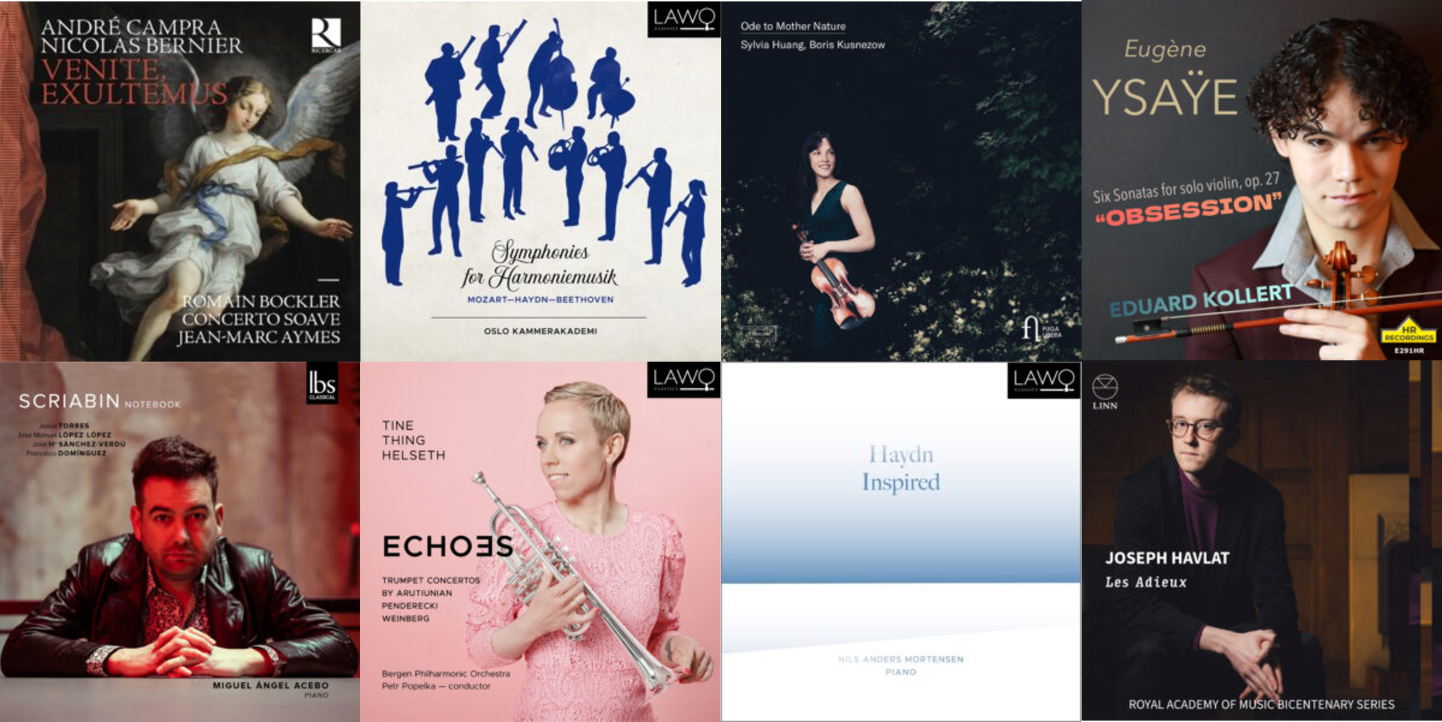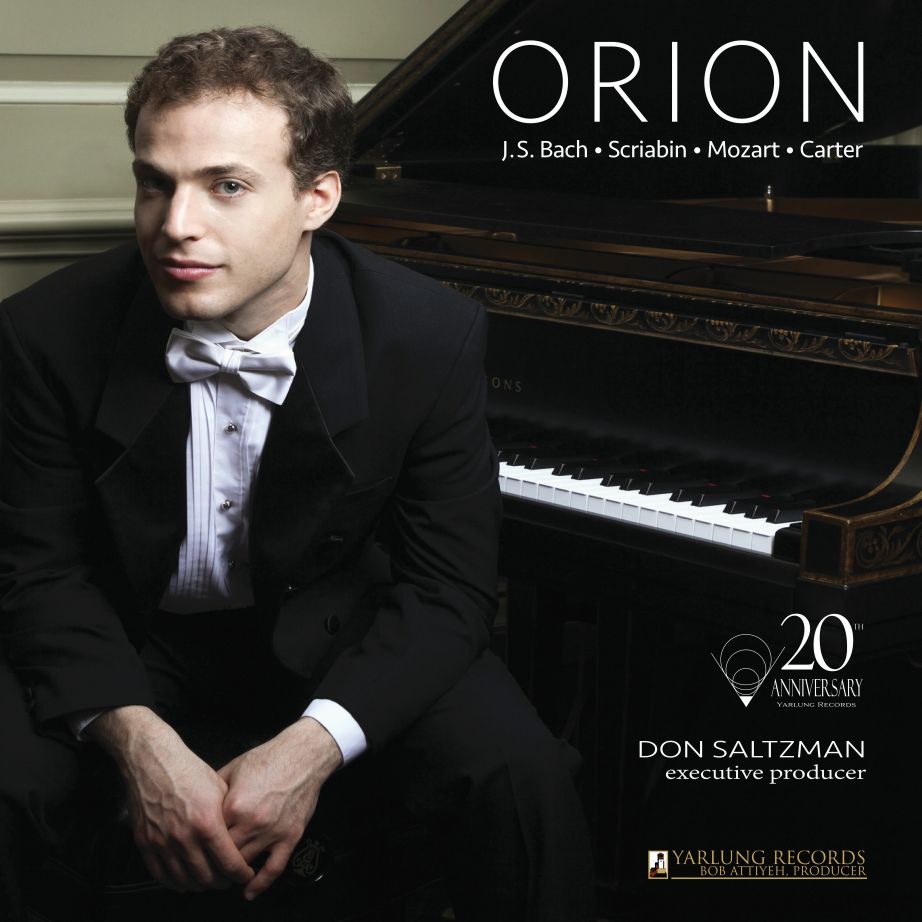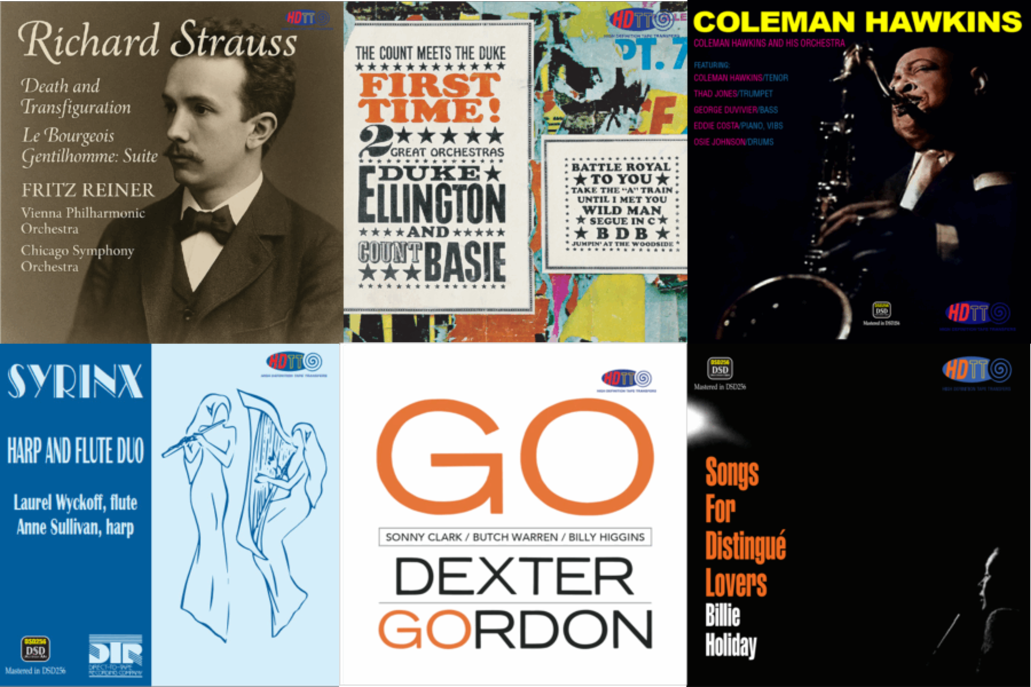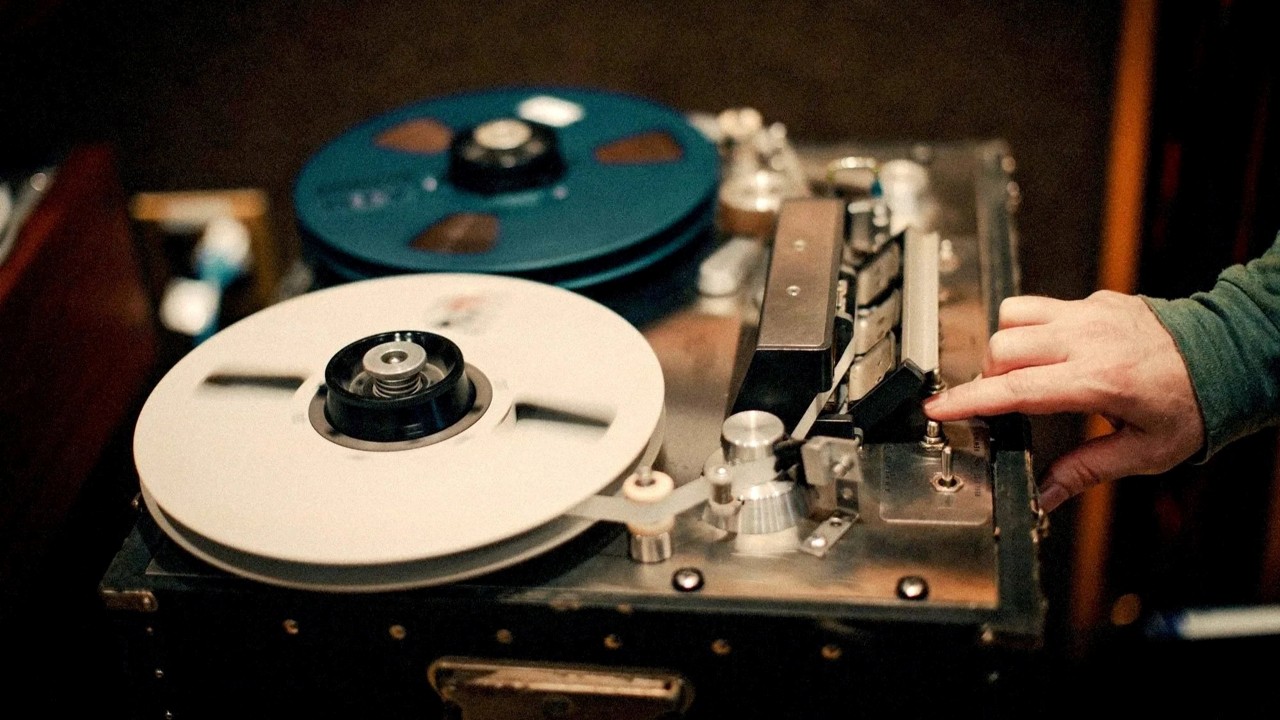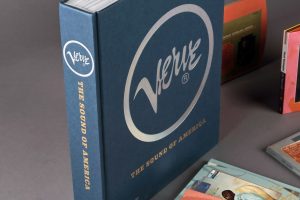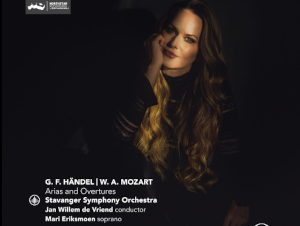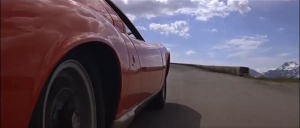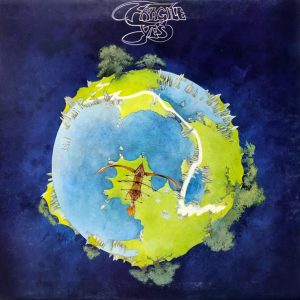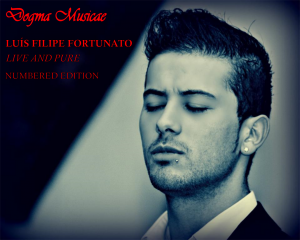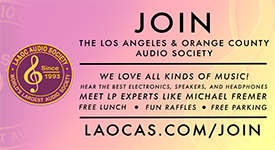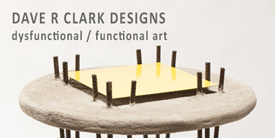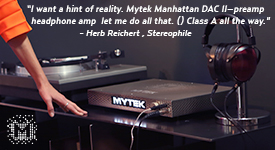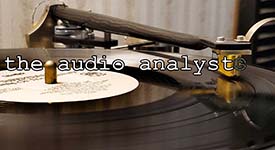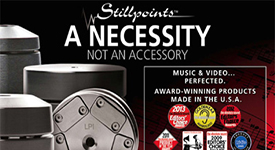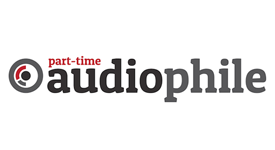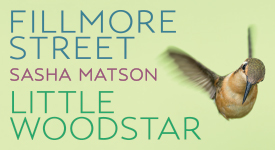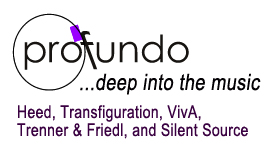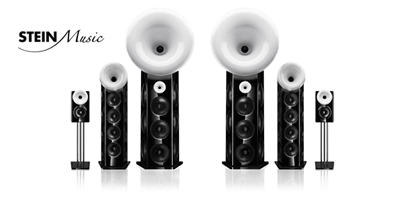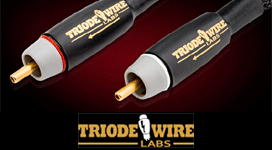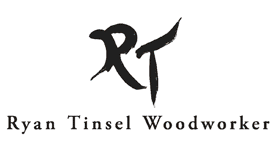What a pleasure to hear of a new label with audiophile aesthetics emerging from the greater Los Angeles commercial music community! This was my immediate reaction when I first started talking by phone with Ryan Sillifant, producer, mastering engineer, and performing artist for a new label, BigRibbons, launched by Wes Dooley, founder of AEA Microphones and Big Ribbon Stories. It restores my faith that perhaps there is hope for mainstream studios in California after all.
All of It Was Music, Ryan Sillifant (vocals/piano), Jim Oblon (guitar), Jay Bellerose (drums), Jennifer Condos (bass), Greg Liesz (pedal steel). BigRibbons 2025 (DSD256, DXD mastered, Stereo) (To be released at NativeDSD on Thursday, November 20, 2025)
For too many years, it has seemed to me that mainstream commercial recording and mastering studios have simply lost any connection to good sonics. And then, here are Wes and Ryan saying, "No, there are better ways to create recordings with great sound than the way the industry has been headed." (My paraphrase) And with the launch of BigRibbons, Wes and Ryan are seeking to demonstrate to anyone who will listen: there is a way to make studio recordings in far better sound quality.
Wes began Big Ribbon Stories, as a means to capture and preserve the stories from people in the recording and broadcast industry who used (and valued) the legendary RCA Type 44 ribbon microphone—a microphone with unparalleled warmth, full and rich tonality, with generous low end.
RCA 44 Ribbon Microphone of CBS Radio (Wiki Commons)
In use for more than 80 years in recording and broadcast studios throughout the world, the RCA 44 ribbon design is as rich in history as it is in sound and character. This instantly recognizable sound produces thunderous lows due to the strong proximity effect, full and rich midrange, and a unique top end taking the edge off of harsh instruments. Whether it was the smooth brass section of the soundtrack of a classic Hollywood film, the velvety lushness of a jazz vocal or the larger-than-life drum sound of a classic rock recording, chances are that a RCA 44-series ribbon microphone was used in the studio when the sound was created.
Wes founded AEA Microphones originally to repair and restore original RCA 44 microphones when RCA abandoned it's manufacture. Using original parts, and then newly manufactured parts that equaled or exceeded the RCA specs, Wes' company became the source for repair and restoration of original RCA ribbon microphones and then expanded their line of ribbon microphones to meet other studio requirements.
Says Wes, "Ribbon microphones bring warmth and character to your recordings, capturing the true essence of sound - a timeless choice for audio professionals."
Jim Oblon with an AEA R44 microphone in a Big Ribbon Stories DSD256 recording engineered by Ryan Sillifant. Not this album, but YouTube video available on the Big Ribbon Stories website HERE.
Ryan Sillifant is the producer, recording engineer, and mastering engineer for Big Ribbon Stories and the BigRibbons recording label. He learned his craft in the greater Los Angeles commercial audio studios. Given Ryan's recording and mastering engineer training, he provided the technical skills to make on-site recordings that were very simply and directly miked and captured the natural acoustic space in which the music was happening. Using, of course, AEA ribbon microphones. And using a wide array of vintage analog electronics in the process. I have been fortunate to receive from Ryan a number of these onsite recordings that he made, many of which are single microphone recordings, and his results are indeed impressive—and very natural sounding.
But, these are not what you will hear on the album EP being released. No, this is background as to how Ryan's appreciation for very natural sounding recordings evolved, all outside of the standard commercial recording studios where he spent time as his day job. And it is the background for Ryan's belief that the sound of commercial studio recordings can be much better that that being delivered in most commercial releases. He was also hearing what the Hazelrigg Brothers were doing with their recordings, using analog gear and DSD256 A/D conversion. An altogether purer, more musically natural sound that was ultimately more satisfying to Ryan's sensibilities.
For Ryan, the challenge became: why can't we do this same thing in a commercial recording studio setting? Why shouldn't we be seeking to capture and deliver this same purer, richer, more natural sound, while still leveraging some of the sound shaping that makes the music interesting, involving, and unique? And he found that with the right microphones, vintage analog tube gear, and capture to DSD256, he could achieve what, to his ear, was a much more enjoyable listening experience.
Thus we have the first EP release of three tracks from BigRibbons, Wes' and Ryan's new recording label. These three tracks are true studio style recordings: rich instrumentations, multiple microphones, and added acoustic effects to massage and shape and sweeten the sound. But, all are recorded "live" in the studio with no headphones, with the exception of vocals and overdubbed percussion, acoustic guitar, and electric guitar and pedal steel layering. (As I said, the aesthetic choice is for rich instrumentation.)
Mixing of the DSD256 tracks was done in PCM using the Reaper Digital Audio Workstation. Mastering was then done in analog using DW Fearn's equalizer, compressor and line amplifier units. A Merging Technologies Hapi provided A/D and D/A conversions. The specifics are in the PDF booklet included in the free sample download (link provided below).
So, this is not a Pure DSD256 release—it is a PCM mastered release, converted back to DSD256, then converted from DSD256 back into analog, then converted once again from analog to DSD256. For Ryan, this iterative tracking, mixing, mastering process was the path needed to created the ultimate sound he was looking to achieve. And the final sound quality here is very rich and sweet.
But it lacks the overall transparency that one hears in other purist audiophile oriented classical or jazz recordings of recent months. There is a distinct overlay, a bit of gauze, over everything. I don't know what causes what I'm hearing, but the mixing and mastering process makes me wonder if the multiple conversions from DSD to PCM to Analog to DSD have wrought some degradation to the purity Ryan is striving to achieve. Every conversion leaves behind some artifacts, virtually by definition—it is never a sonic free ride.
Still, the sound has a voluptuous quality to it: sweet, rounded, with a nice bloom to the upper midrange, and a very smooth top end. It takes me back to my early years of listening to vintage vinyl and tubes some 50 years ago.
And accomplishing that is no small thing.
One On One Studios, the location for the live recording.
As you see in the photo above, One on One Studios provides a large open room for the musicians to perform in together—without headphones, able to see and hear each other, and to create a "live" performance. The sound Ryan captures has excellent instrument separation due to the multi-microphone recording philosophy applied. Unfortunately, there is no three dimensional imaging—all the instruments and the vocal are spread laterally by the mixing process with no real sense of a group of musicians playing together in the same space. Nonetheless, a three dimensional image may not have been an artistic goal of the recording as it might be in some other albums (e.g., Sound Liaison's recordings, ADS' recordings, or many of the Hazelrigg Brothers recordings). Instead, the goal may have focused much more on the texture, timbre, and equalization of the sound of the instruments, not their position relative to each other and relative to the room.
Listening for yourself is always the ultimate test. To that end, Ryan has given us permission to make available to Positive Feedback readers a free download sample track from this new EP album, All of It Was Music. This is track 1 of the album, a fresh reimagining of Glen Campbell's "Wichita Lineman."
Click Here to Download This Free Sample Track from BigRibbons
Download it and give it a listen. I'll be interested to hear from you in the comments below what you're hearing in this recording.
Ryan is working with some top tier musicians in this album, with other excellent musicians to join in future releases. In this release we have virtuoso guitarist/multi-instrumentalist Jim Oblon who has toured and recorded with Paul Simon, Lucinda Williams and many others. On drums, we have the innovative drummer and session musician Jay Bellerose about whom Steve Dawson of Music Makers and Soul Shakers says: "Jay's unique approach to drumming, with unorthodox setups and an awesome palette of vintage drums has made him the go-to drummer for producers like T-Bone Burnett and Joe Henry...Jay has played on albums for BB King, Gregg Allman, Ray LaMontagne, Allen Toussaint, Bettye LaVette, Solomon Burke, Bonnie Raitt and the list goes on and on." And on pedal steel, the album has legendary L.A. steel player Greg Leisz whose steel playing has graced recordings with iconic artists like Bill Frisell, Joni Mitchell, Beck, Mark Knopfler, Phoebe Bridgers, Gillian Welch, Lucinda Williams and many more. American bass guitarist, Jennifer Condos, known primarily for her session and live performance work rounds out this talented group of musicians.
The musicians, the music, the sound aesthetic, Ryan's commitment to excellence, and Wes Dooley's enthusiasm to share what makes big ribbon microphones so special, makes this a new label I will be following closely. I look forward to hearing their next projects while enjoying the heck out of this first one.
So, what is next for BigRibbons?
As I often do, I sent a preview draft of this article to Ryan so he could identify any errors that should be corrected. We then had a very nice phone conversation about his plans. He started by saying that he heard the same issues with the recordings that I'd mentioned in the review. He's working to refine his process and to weed out from the recording chain anything that is interfering. He observed that no additional processing was applied after the tracks were mixed and volume balanced. And he hopes to continue in this manner. Whether he can accomplish this purely in the DSD domain, and without multiple format conversions, is a challenge he's pursing.
All of It Was Music is a first effort, and time constraints were a factor to get this EP ready for demonstration. He said that, at 23, he still has a lot of exploration and experimentation yet planned to achieve the level of transparency in his recordings, combined with a sonic palette that invites extended listening and makes an emotional connection, that he hears in his head. His recordings will always seek for purity of sound and an emotional connection with the music. I pointed out that a producer's role is as much that of an artist as any of the performers—if the producer achieves the sound quality the producer is seeking to achieve, then the recording is correct. He agreed, but opined that this opening EP is just the initial shot at what he's looking for, and the search continues.
Moreover, he's excited about the musicians he's able to work with. As in this album, he and Wes have connections to some of the best session musicians working in Los Angeles. And he already has plans to record with other session musicians who are well recognized, and highly regarded, in the industry.
Ryan and BigRibbons will, indeed, be worth following.
Ryan Sillifant
All images courtesy of Ryan Sillifant and BigRibbons.

